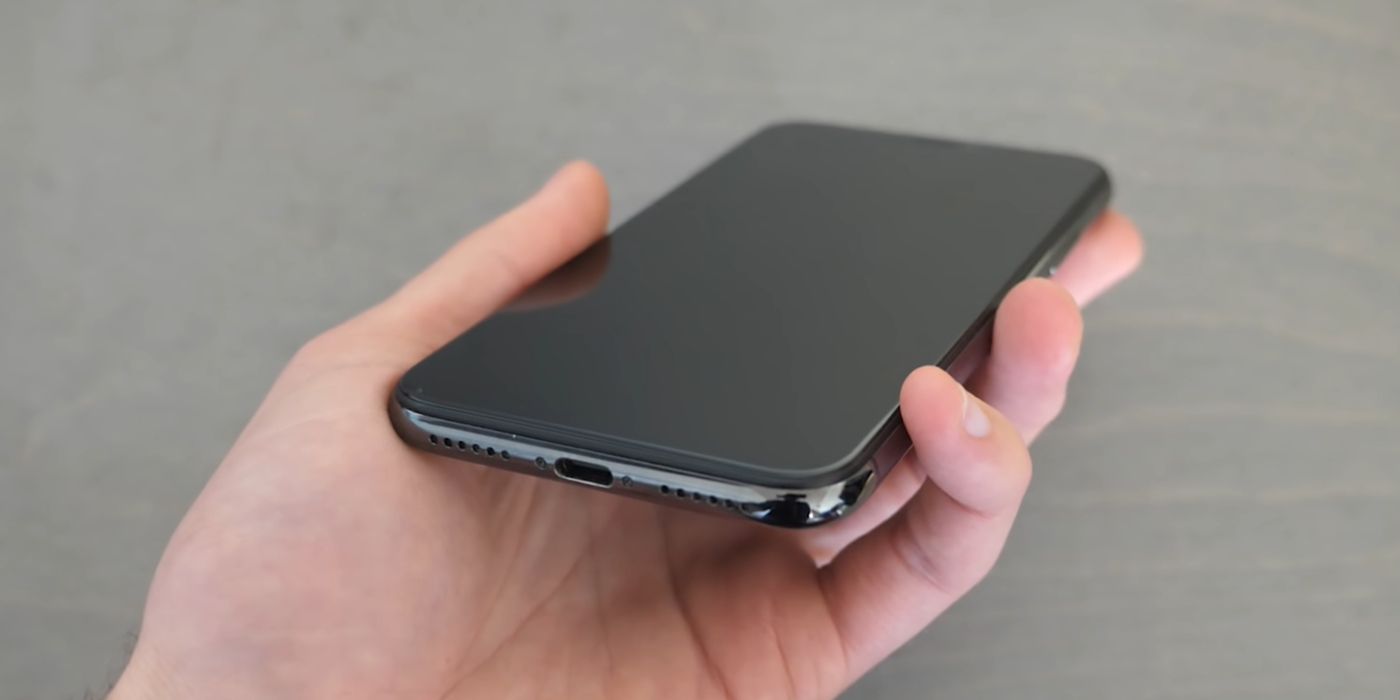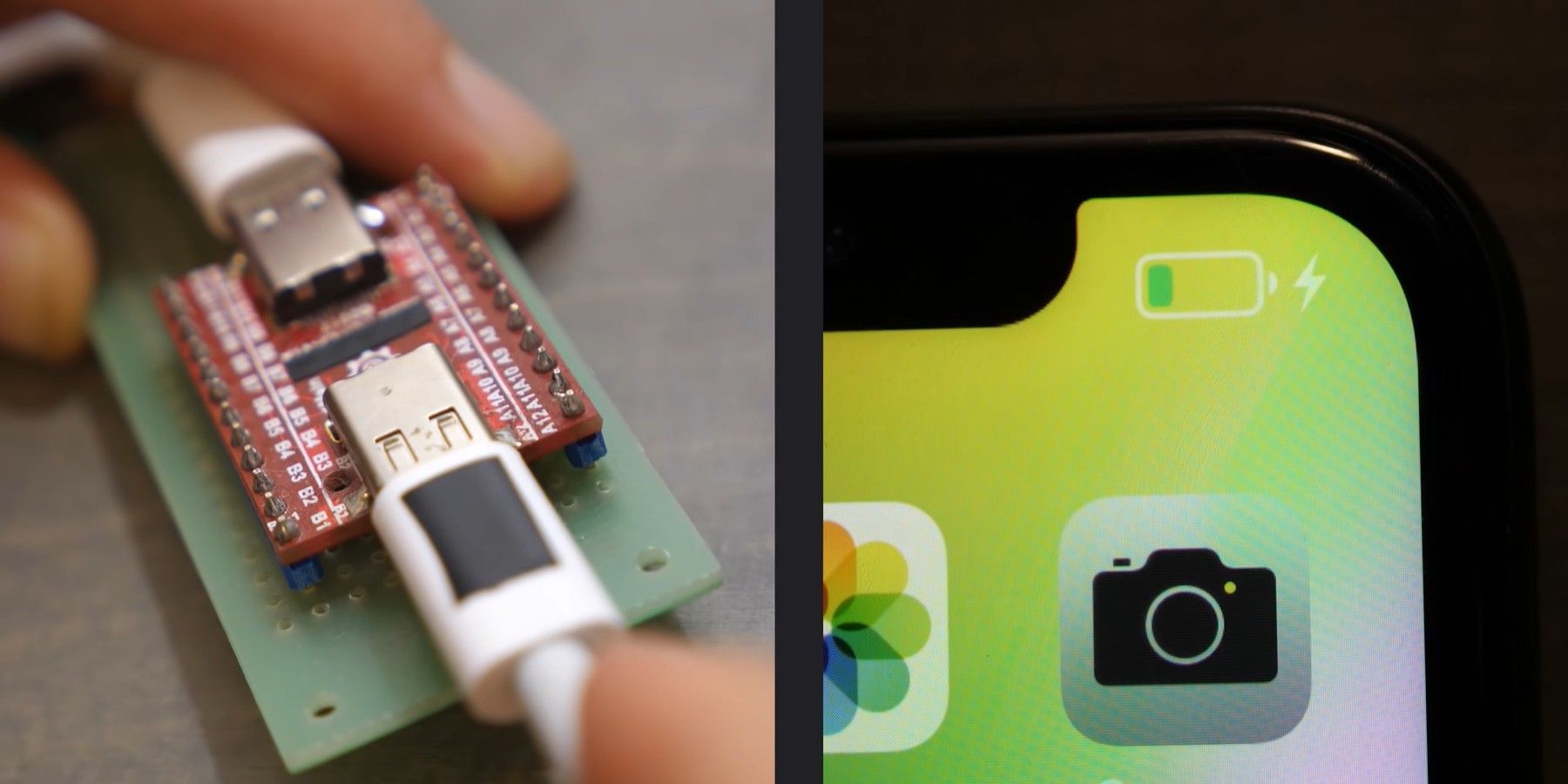An engineering student recently replaced the Lightning port on an iPhone X with a functional USB Type-C port, and it appears that those with a knack for collectibles are willing to pay a substantial amount for the one-of-a-kind Apple device. Ken Pillonel recently documented the whole journey behind the challenging project with a YouTube video, which makes it clear that the task is not for the faint-hearted.
Based in Switzerland, Pillonel had to import parts all the way from China and reverse engineered multiple components to understand how the Lightning connector actually works. Of course, Apple doesn’t make it easy to rip apart the Lightning port to study the engineering behind it, and it is unlikely that Apple will get rid of it anytime soon. To get around the hardware locks, Pillonel actually had to take apart MFi-certified Lightning cables from other brands to see how it all comes to life under layers of plastic and glue.
The final result is an engineering marvel, and it appears that people are willing to pay some heavy cash for it. The eBay listing for the “World's First USB-C iPhone” has already topped the $90,000 mark, and with nearly seven days left before the bidding closes that figure will likely go even higher. For perspective, one could buy 90 units of Apple's latest and greatest iPhone 13 Pro (and some cases) for the same amount. The eBay listing describes it as “a true piece of collection for any Apple fanboy,” but there are a few caveats to owning the unique item. The buyer is advised not to update or restore the iPhone X in question. The listing also doesn't recommend using the device as a daily driver or opening the device.
A Prototype That Goes Where Apple Likely Won't
An iPhone with a functional USB-C port is something that users have been requesting for years, but Apple hasn’t budged to user demands or calls from government agencies to standardize ports on smartphones. Many argue that Apple will actually go port-less before it ditches the proprietary port in favor of the USB-C port that is now commonplace on Android phones. Apple has already introduced a wireless charging system called MagSafe for juicing up its hardware, further diminishing the need for a Lightning port. In terms of a physical port to run diagnostics, Apple has set a precedent for that as well.
With the Apple Watch Series 7, Apple removed the diagnostic port underneath one of the band grooves that was used for running tests and loading software. Put simply, Apple is confident about the future of port-less devices, and the iPhone is unlikely to be any different. Yes, Apple has been slow when it comes to charging speeds, while rivals in the Android ecosystem have achieved up to 50W output with their respective MagSafe alternatives. Apple definitely has the resources to step up, and it only remains a matter of time before it does. When that happens, the need to make an iPhone with USB-C will no longer exist. That might explain why some are willing to spend north of $90,000 on an iPhone X with USB-C.
Source: eBay


